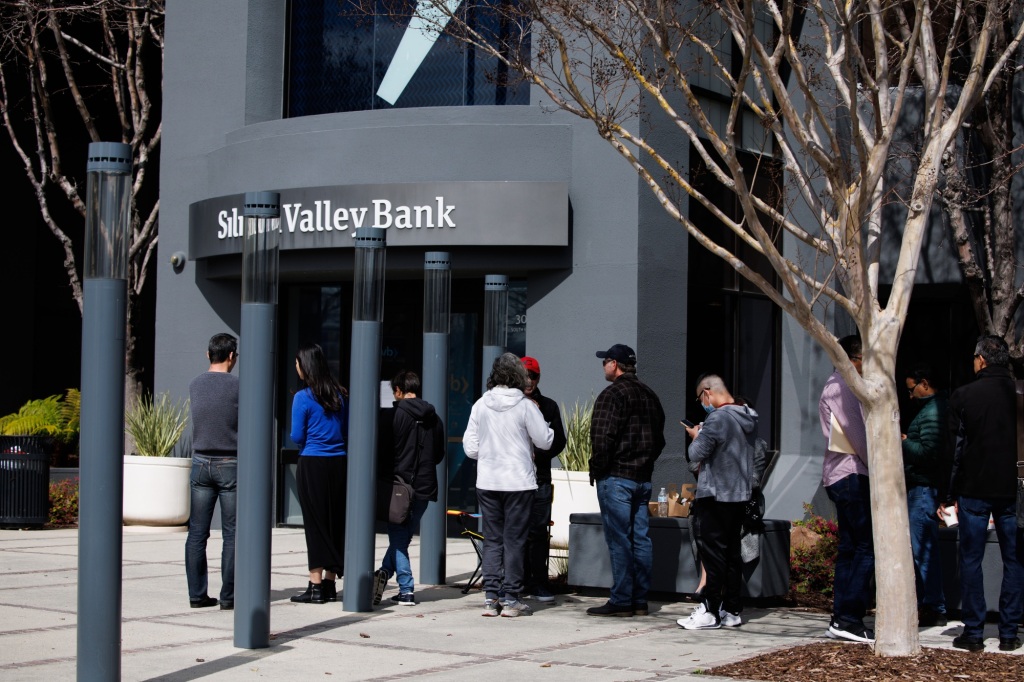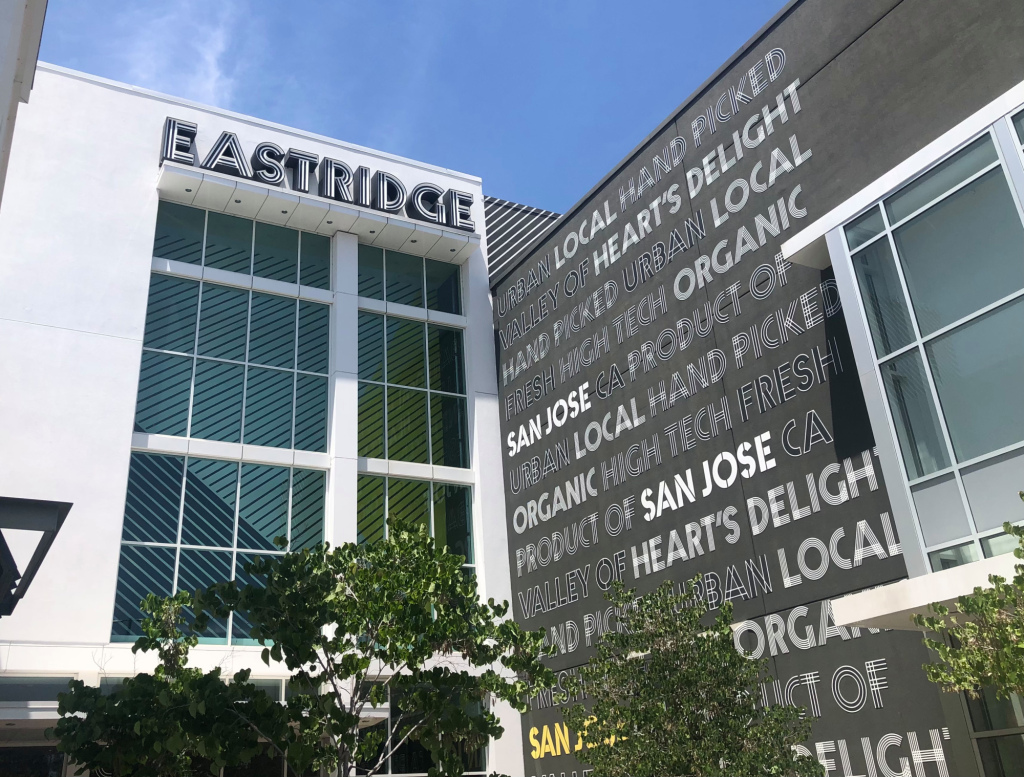Unbridled optimism is an essential quality for Bay Area entrepreneurs. For its bankers, not so much.
That’s the hard lesson from the collapse of two of the Bay Area’s premier regional banking institutions: San Francisco’s First Republic Bank and Santa Clara’s Silicon Valley Bank.
Congress and the Federal Reserve have a lot to answer for whiffing on their oversight and regulatory duties. But the reckless practices of the managers of the two banks were at the root of the problem and should serve as warnings for other regional bank managers striving to avoid future collapses.
It’s clear that both managers were overly optimistic that interest rates would remain low, protecting their long-range investments.
For First Republic, it was heavy bets in commercial real estate market, which was upended by the pandemic. For Silicon Valley Bank, it was overinvestment in Treasury bonds, leaving it vulnerable to rising interest rates during the tech slowdown, and overreliance on venture capital business and uninsured deposits, leaving it too concentrated in one sector and vulnerable to bank runs by wealthy clients.
First Republic, the second-largest U.S. bank by assets to collapse, was seized by regulators Monday and sold to JPMorgan Chase. Silicon Valley Bank failed March 23 after a bank run and was acquired by First Citizens Bank. At the time, it marked the third-largest bank failure.
In a comprehensive, 102-page report released Friday, the Federal Reserve took full responsibility for its lapses in oversight of SVB.
The Fed said its supervisors “did not fully appreciate the extent of the vulnerabilities as Silicon Valley Bank grew in size and complexity” and “did not take sufficient steps” to ensure that SVB address its problems quickly.
No kidding.
The Fed’s mea culpa included four major takeaways:
• Silicon Valley Bank’s board and managers failed to manage their risks.
• The Fed’s supervisors didn’t fully appreciate SVB’s vulnerabilities during its rapid growth.
• When vulnerabilities were identified, steps weren’t taken quickly enough to fix the problems.
• Congress’ decision in 2018 to relax regulatory standards for banks impeded effective supervision of SVB and promoted a “less assertive supervisory approach.”
SVB CEO Greg Becker played a role in weakening those regulations in the Dodd-Frank Act, which was created after the 2007-8 financial meltdown. In 2015, Becker pleaded with Congress to lift regulations he argued stifled SVB’s ability to provide credit to tech clients.”
Days after the SVB collapse, Sen. Elizabeth Warren, D-Mass., and Rep. Katie Porter, D-Irvine, introduced legislation to restore the bank regulations that were in place before Congress heeded President Trump’s call to “do a big number” on the Dodd-Frank Act. The legislation would return the threshold on banks deemed “too big to fail,” and thus in need of closer regulation, from $250 billion in assets to $50 billion.
House Republicans will likely block the bill from becoming law. That puts the onus on Bay Area and other regional banks to more prudently manage the money individuals and businesses put in their hands.










